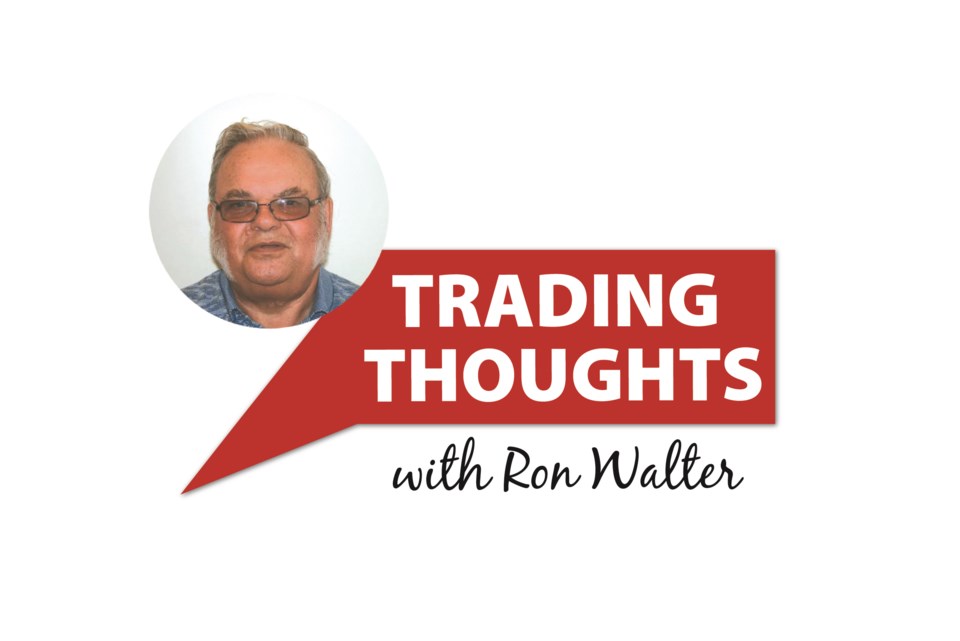In less than two weeks voters will make their choices for Canada’s federal Parliament.
Being a politician almost automatically means playing with the truth.
This column will try to separate reality from fiction by the two parties and leaders heading the polls.
The big issue for most voters is foreign affairs – keeping Canada out of the clutches and rule of Trump’s U.S.A.
Voters’ chief guide on this issue rests with the image the leaders project.
Liberal leader Mark Carney projects the image of a cool calm businessman with an extensive record of wading through financial messes.
Conservative Pierre Poilievre has a lifelong work history as a politician.
The Liberals plan assistance for workers and industry hit by tariffs while the Conservatives would put most of the revenue from tariffs to tax cuts with some to assist the hardest hit workers.
On health care the Liberals plan to extend dental care to the 18-64 age groups, maintain day care and pharmacare and fund programs to recognize international health care workers.
The Conservatives plan to maintain dental care, day care and pharmacare as is.
On housing, the Liberals plan an agency to fund and build houses, returning to a Second World War plan of prefab factory built homes, still in solid use 85 years later.
(It may be a) great idea but the time line will take four years to build housing factories and then workers are needed to build homes. With cuts to immigration, that plan, great as it is, will take a decade to develop significant results.
The Conservative approach incentivizes municipalities to build 15 per cent more houses every year. Municipalities not meeting this goal will see federal grants reduced by up to 15 per cent.
Will reducing federal grants to municipalities not meeting this goal just create new financial issues by removing funds from needed projects?
Both parties plan cuts to the GST on construction of new homes.
On the cost of living, the Liberals would cut one point off the lowest income tax rate for $6 billon loss of revenue.
The Conservatives would drop the lowest tax bracket to 12.75 per cent from 15 at an estimated loss of $14.5 billion.
They would defer capital gains taxes if money is reinvested in Canada.
And Poilievre would restrict credit card rates, allow increased TFSA savings limits and let seniors earn more without paying taxes.
On defence both would increase spending to two per cent of GDP — meaning load and loads of spending.
The Liberals want to change the F-35 jet order to another country and spend $420 million to protect the Arctic.
The Conservatives want to use extra revenue from expanded trade with the U.S. for the armed forces.
They would buy two more polar icebreakers and build one Arctic military base within two years.
Missing from these major promises is the cost. Guess who will pay for the increased spending? Either we will pay higher taxes or more interest on soaring debt.
Of course, there is no guarantee that promises will be kept.
Ron Walter can be reached at [email protected]




